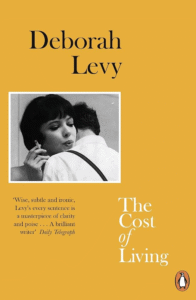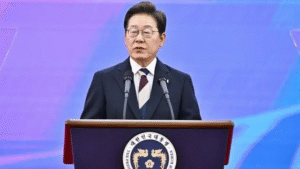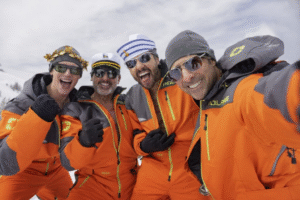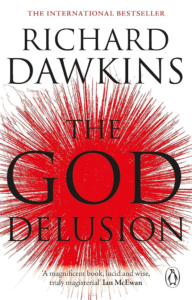A Kaleidoscope of Change: The Evolution of Fashion
Ancient Roots: Function and Status
In ancient times, clothing served primarily as a functional necessity, providing protection from the elements and societal status. However, as civilizations progressed, fashion began to incorporate elements of self-expression and cultural identity. The Egyptians, for instance, adorned themselves with intricate jewelry and colorful garments, reflecting their belief in the afterlife. The Greeks and Romans, on the other hand, favored flowing robes and togas, emphasizing simplicity and elegance.
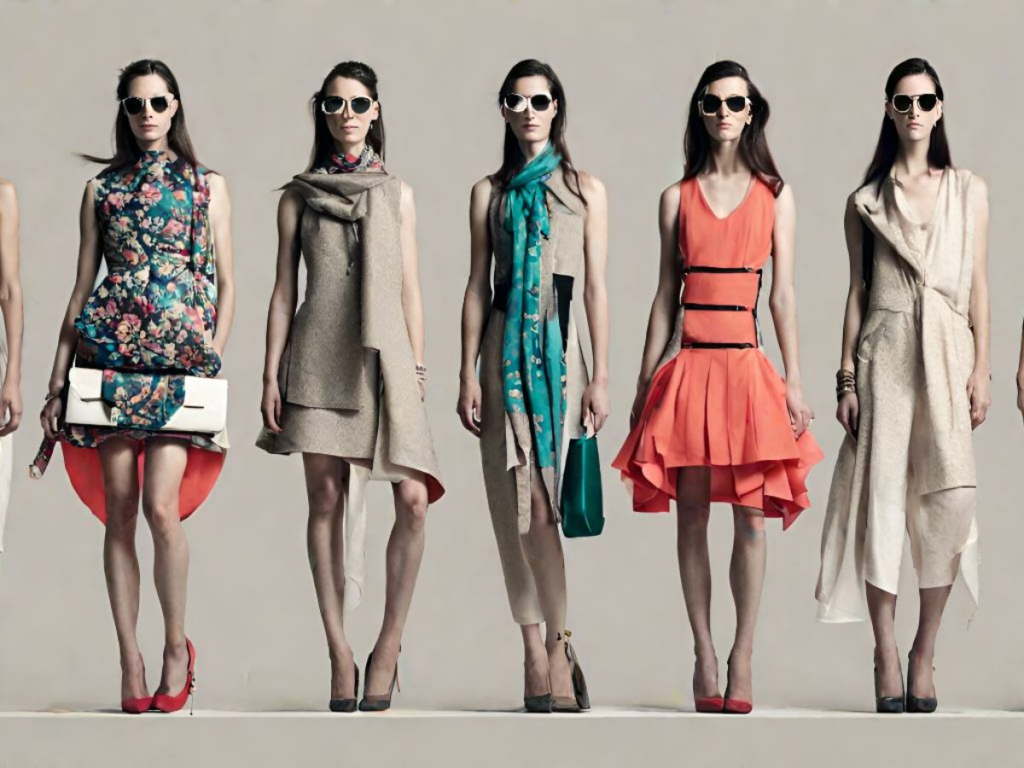
Medieval Modesty to Renaissance Revival
The Middle Ages saw a significant shift in fashion, influenced by religious and social norms. Women’s fashion, in particular, became more restrictive, with corsets and elaborate headdresses becoming the norm. However, the Renaissance period brought a renewed interest in classical aesthetics, leading to a more refined and sophisticated style. The Renaissance also witnessed the rise of fashion as a form of social status, with wealthy individuals commissioning bespoke garments to showcase their wealth and power.
The Industrial Revolution and Mass Fashion
The Industrial Revolution marked a turning point in the history of fashion. The advent of mass production techniques made clothing more affordable and accessible to the masses. This period also saw the emergence of ready-to-wear fashion, which challenged the dominance of haute couture. The 20th century, characterized by rapid social and technological change, brought about a diverse range of fashion trends. From the minimalist styles of the 1920s to the bold and experimental designs of the 1960s and 70s, each decade had its own unique fashion identity.
Globalization and the Future of Fashion
In recent decades, fashion has become increasingly globalized, with designers from all over the world influencing trends and consumer preferences. The rise of fast fashion has made it possible for consumers to access the latest styles at affordable prices, but it has also raised concerns about sustainability and ethical production practices. As we move into the future, it is likely that fashion will continue to evolve, driven by technological innovation, cultural diversity, and individual expression.


